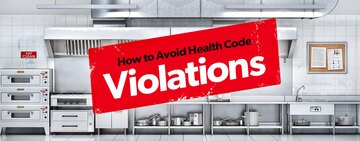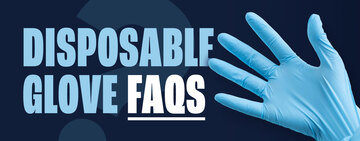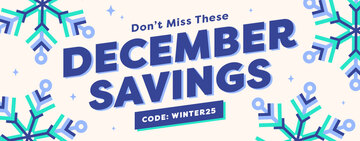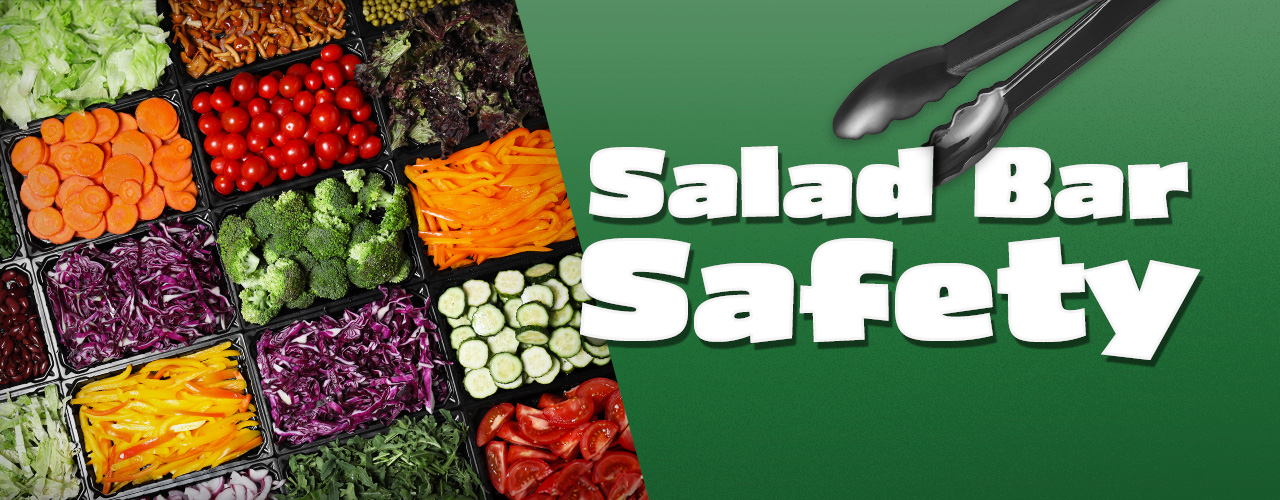
Preventing foodborne illnesses and maintaining customer trust are top priorities when it comes to salad bar safety. Adhering to proper food safety guidelines not only safeguards customers but also preserves the reputation of your establishment. Operating a salad bar safely can raise questions and concerns, so we've addressed some commonly asked questions to help you serve your guests in confidence.
Shop All Salad Bar Equipment and SuppliesMaintaining Temperature Control in a Salad Bar
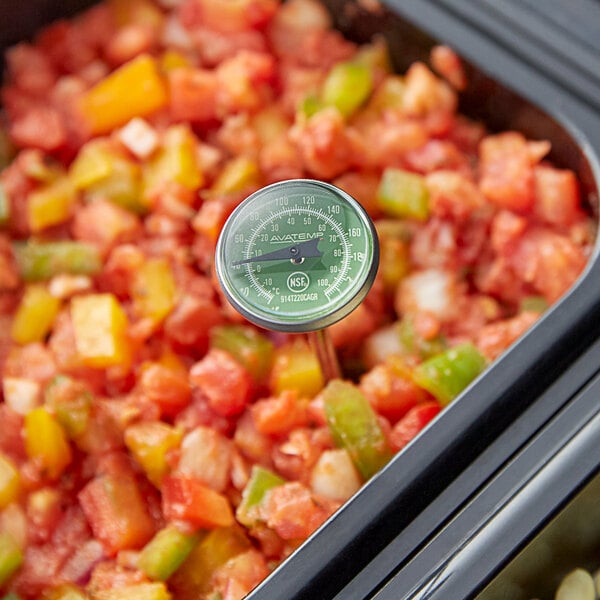
Holding salad bar ingredients at the proper serving temperatures is crucial to ensure food safety, preserve the quality of the ingredients, and provide customers with a safe and enjoyable dining experience. With inadequate temperature control, bacteria can grow, leading to foodborne illnesses. Learn more about the temperature at which a salad bar should be kept below.
How Cold Should I Keep My Salad Bar?
Cold items on a salad bar should be kept at or below 41 degrees Fahrenheit (5 degrees Celcius). If you’re also serving hot items, they should be held at 135 degrees Fahrenheit (57 degrees Celcius) or above.
How Often Should Food Temperatures Be Checked?
Internal food temperatures should be checked at least every four hours. If cold food rises above 41 degrees Fahrenheit (5 degrees Celcius) or hot food falls below 135 degrees Fahrenheit (57 degrees Celcius), the affected items must be discarded immediately to prevent the risk of serving potentially hazardous foods.
To minimize food waste, it is recommended that food temperatures be checked every two hours. Regular monitoring helps identify temperature fluctuations early, allowing for timely corrective actions to restore food to safe serving temperatures.
What Salad Bar Items Are TCS Foods?
TCS (Time/Temperature Control for Safety) foods require time and temperature control to prevent the growth of harmful microorganisms and ensure food safety. These foods are more susceptible to bacteria and other pathogens if not stored or handled correctly. We've included a list of common TCS foods found in a salad bar below:
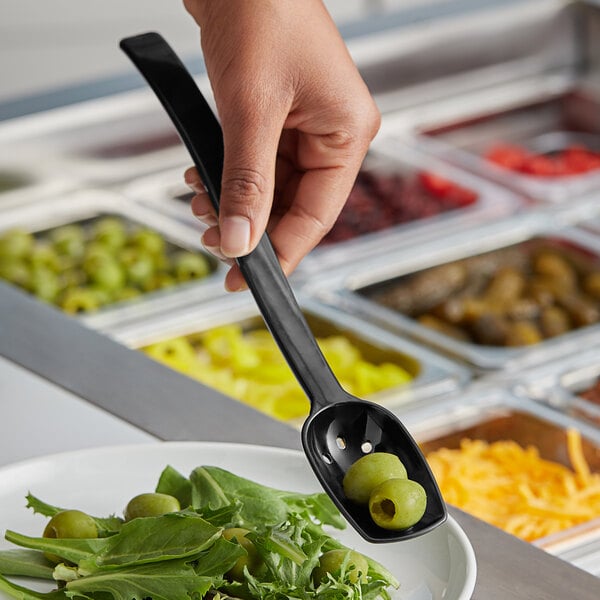
- Cut Fruits and Vegetables: Sliced cucumbers, tomatoes, melons, leafy greens
- Meat and Poultry: Deli meats, cooked chicken breast, bacon, sliced steak
- Milk and Dairy: Shredded cheese, cottage cheese, yogurt, creamy dressings
- Fish and Shellfish: Tuna salad, lump crab meat, and shrimp
- Eggs: Hard-boiled eggs, egg salad, deviled eggs
- Cooked Potatoes: Potato salad, mashed potatoes, or roasted potatoes
- Tofu and Soy: Cubed or marinated tofu, tempeh
- Cooked Rice, Beans, and Grains: Cooked rice, quinoa, pasta salad, chickpeas
- Untreated Garlic and Oil Mixtures: Housemade garlic-infused olive oil
Tips for Monitoring and Controlling a Salad Bar’s Temperature:
Implementing temperature control guidelines for your salad bar can help create a safe and hygienic setup that meets food safety regulations and keeps your customers healthy and satisfied. Here are some tips to help you maintain the right temperatures:
- Use a thermometer: Regularly check the food’s internal temperature using a reliable thermometer. Don’t rely on the temperature gauge of your holding unit as they typically only register the surface temperature.
- Maintain proper airflow: Ensure the salad bar is well-ventilated for consistent temperature distribution. Avoid overcrowding the bar with food items, as this can obstruct airflow and lead to temperature fluctuations.
- Monitor temperature zones: Divide the salad bar into different zones for cold and hot items. Use temperature-controlled compartments to separate and maintain the desired temperatures for each type of food.
- Implement temperature logs: Keep detailed temperature logs to track the temperature of the salad bar throughout the day. This will help you identify any fluctuations and take corrective actions promptly.
- Use the Right Equipment: Ensure that your salad bar has refrigerated units or wells that maintain a consistent temperature at or below 41 degrees Fahrenheit (5 degrees Celcius) for cold items. For hot items, use chafing dishes, heated trays, or steam tables to keep food at or above 135 degrees Fahrenheit (57 degrees Celcius).
- Serve in Small Batches: Instead of filling the entire salad bar with large quantities of food, consider replenishing in smaller batches. It is easier to keep smaller portions within a safe temperature range while also helping reduce food waste.
- Check Equipment Regularly: Routine maintenance of refrigeration and heating equipment is essential to ensure they are functioning correctly. A malfunctioning cooler or heat lamp can quickly cause temperatures to fall out of the safe range.
- Train staff: Educate your staff on the importance of temperature control and proper food handling practices. Regularly conduct training sessions to ensure everyone understands their role in maintaining food safety standards.
Preventing Cross-Contamination in a Salad Bar
Whether you operate a self-service or employee-served salad bar, both are susceptible to cross-contamination and cross-contact. Learn more about preventing contamination by ensuring safe food handling and serving practices.
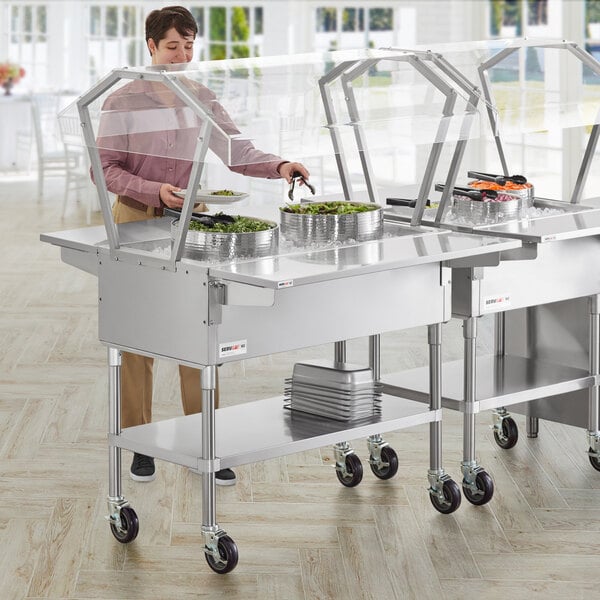
What Items Do I Need in My Salad Bar to Prevent Cross-Contamination?
To prevent cross-contamination in a salad bar and ensure food safety, there are several essential items you’ll need.
- Sneeze Guards: Sneeze guards help shield salad bar items from contamination caused by airborne droplets from customers. These should cover all food items in the salad bar and be positioned at the appropriate height and angle.
- Designated Serving Utensils: Using designated, separate utensils, such as tongs, spoons, scoops, or ladles, for each food item prevents cross-contact between foods. Consider labeling each item’s utensil and using color-coded utensils to protect guests from top allergens. Replenish utensils frequently to ensure they remain clean.
- Food Labels: Clear and visible food labels are important for food safety and customer convenience. Labels help identify each food item and include information about allergens, ingredients, and whether items are cooked or raw. In addition to labeling what a food is, including allergen information like “contains dairy” or “gluten-free” helps customers make informed choices and avoid cross-contact with allergens.
- Separate Compartments for Different Food Groups: Organizing the salad bar with separate compartments, barriers, or dividers for proteins, vegetables, dressings, and toppings prevents contamination from raw to ready-to-eat foods.
- Food Covers: Keep items covered using lids or covers during low-traffic periods or when the salad bar is not in use. This helps reduce the risk of contamination from airborne particles or customer handling.
- Hand Sanitizer Dispensers or Wipes: Place hand sanitizing stations at the entrance or near the salad bar so customers can sanitize their hands before serving themselves.
Can I Refill Food Trays Directly in a Salad Bar?
Food trays should never be refilled directly to prevent cross-contamination and maintain food safety. Instead, fresh trays of food should be used to refill a well, as this helps avoid mixing old and new food and ensures proper temperature control. When storing food trays in your kitchen, make sure each is labeled with the prep time and use-by date so employees can follow First In, First Out (FIFO) principles to ensure older food is used first.
How Should Serving Utensils Be Stored in a Salad Bar?
Serving utensils should be kept on a clean and sanitized surface or stored in a lidded container with the handle up.
What Should Food Handlers Wear?
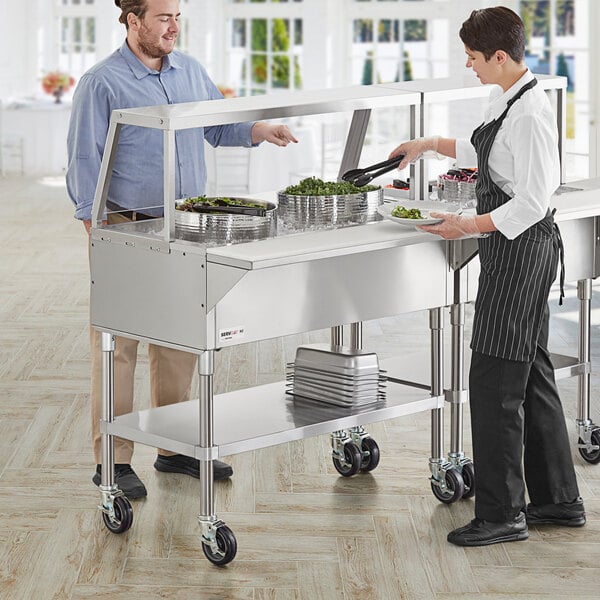
Food handlers must wear single-use gloves whenever handling ready-to-eat (RTE) food, as the FDA prohibits bare-hand contact with RTE foods to prevent contamination and ensure food safety. It is essential to use disposable gloves specifically designed for foodservice, as they are made from materials safe for contact with food. Additionally, disposable gloves should never be reused. Once removed or soiled, they must be discarded immediately to prevent the spread of harmful bacteria and other pathogens.
Can Customers Reuse Plates in a Salad Bar?
Ideally, customers should not reuse plates for second helpings, as it increases the risk of contamination. When customers use a plate for a second serving, there’s a chance they could transfer germs by touching serving utensils with the used plate. To prevent this, clear dirty dishes from tables promptly to deter customers from returning with used plates and keep your salad bar stocked with clean, easily accessible dinnerware and utensils.
Maintaining a Clean Salad Bar
Regular cleaning and sanitation are crucial in preventing foodborne illnesses and maintaining a positive dining experience for your customers.
How Often Should Serving Utensils Be Cleaned and Sanitized?
Serving utensils should be cleaned at least every four hours. Always clean and sanitize serving utensils after each task.
How Often Should a Salad Bar Be Cleaned and Sanitized?
The salad bar's surfaces should be regularly wiped down throughout the day, especially between food replenishments, to prevent contamination. Pay special attention to high-touch areas such as serving utensils, tongs, and handles. These areas can harbor bacteria and should be cleaned and sanitized frequently. In the event of spills, the affected areas must be cleaned immediately, and any compromised food should be discarded and replaced with fresh items.
At the end of each service day, the salad bar should undergo a thorough deep-cleaning and sanitization, ensuring that all food wells, sneeze guards, and refrigeration units are properly cleaned and disinfected to maintain a safe and hygienic environment. Keep detailed records of when the salad bar was cleaned and sanitized to ensure it is consistently safe to operate. This documentation is also crucial for providing accurate information to health inspectors during inspections.
To maintain health standards in your salad bar, it's essential to regularly monitor temperatures, frequently replenish items, and adhere to proper cleaning procedures. Whether you're opening a buffet or adding a salad bar to your grocery store, our guide will help ensure you follow the best food safety practices for optimal results.



